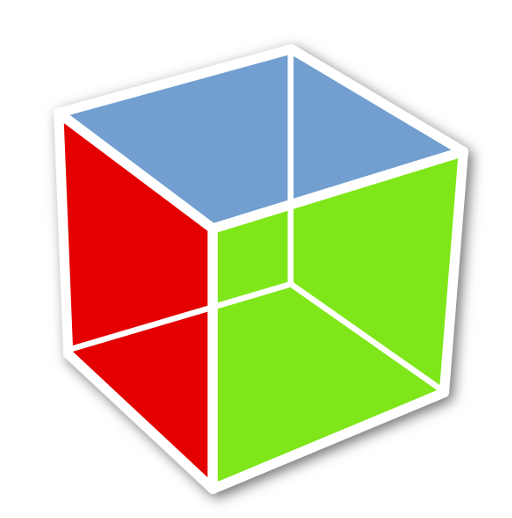Whoohoo! Great to see Vulkan really taking place as the norm. I hope this can help stream line development for some as it keeps happening.
Huh but GPUs only support it since like 2016 or 2017. Older ones won’t be able to render GTK4?
As per https://blog.gtk.org/2024/01/28/new-renderers-for-gtk/ and https://www.phoronix.com/news/GTK-4.16-Released :
You can still use either a new OpenGL renderer or the old OpenGL renderer. This can be set with the
GSK_RENDERERenvironment variable (e.g.GSK_RENDERER=gl)I would assume it will also probably detect unsupported hardware and switch to OpenGL automatically but I don’t have any source to back this up.
I hope at least distros will make the switching automated because without it a lot of users will have issues, especially since Ubuntu and Fedora use GNOME by default.
There’s still OpenGL backends, a newer one that shares the same backend as the Vulkan renderer and the old OpenGL renderer.
Wait, UI toolkits need a render backend? Old FLTK too?
Truat me, you ro not want to experience CPU based rendering on high resolution displays
QtWidgets uses software rendering. It’s completely fine on my 4K display except for a single application, KOrganizer, where it actually takes a while to redraw the UI. You can implement hardware rendering badly too (see QtQuick which is noticeably less responsive than QtWidgets)
Need? No. But hardware acceleration makes things faster and more efficient.
Sometimes. Most of the times. Not always.
hardware deceleration?







